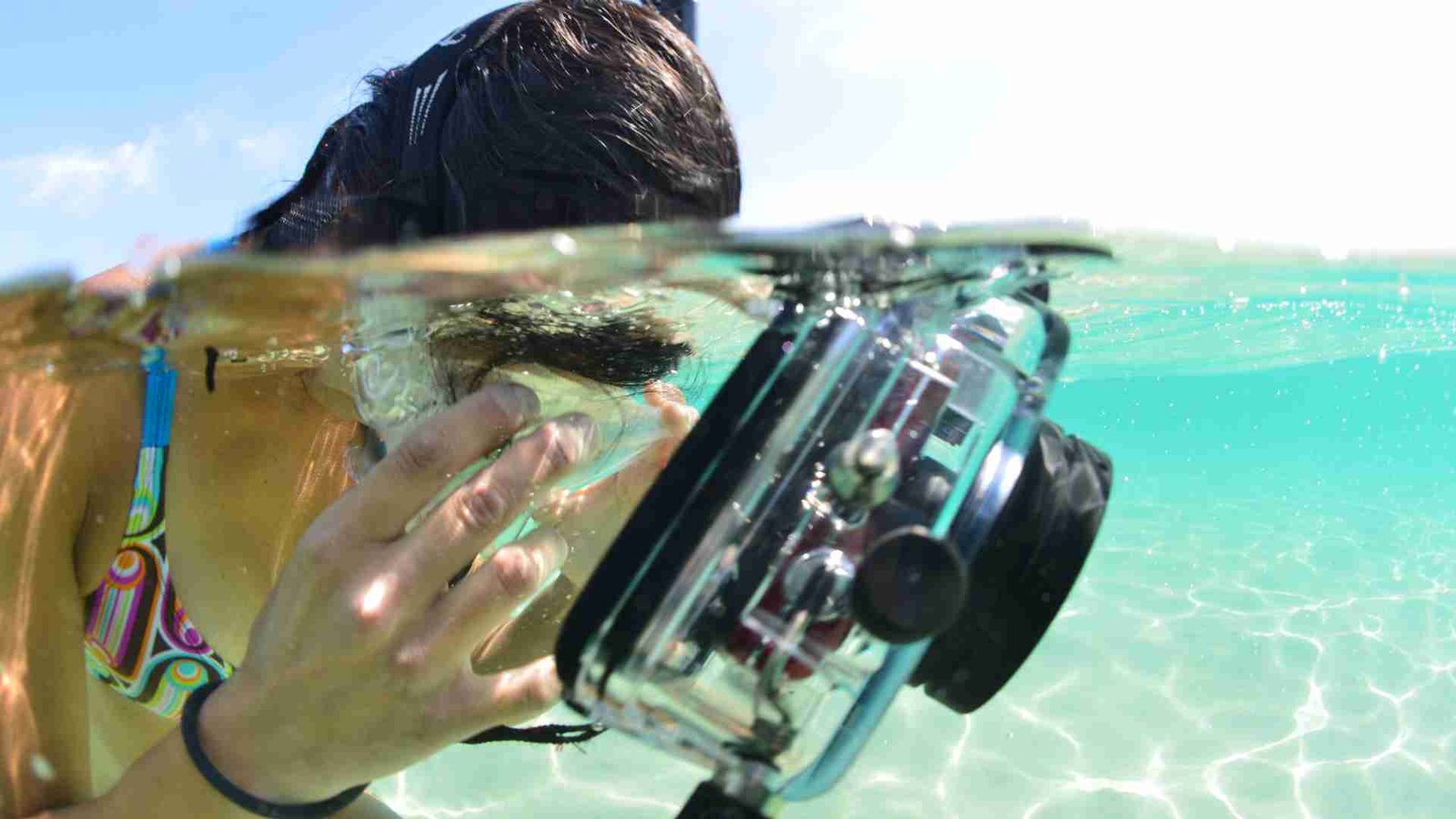
Best Focal Length for Underwater Photography – Top Lens Ranges & Buying Guide
If you’ve ever dived beneath the surface and tried capturing the underwater world with your camera, you already know – it’s a whole different universe down there. Light behaves differently, subjects move unpredictably, and distances can be deceiving. Choosing the best focal length for underwater photography is one of the most important decisions you’ll make before even entering the water.
Whether you’re shooting majestic whale sharks, playful sea lions, or tiny nudibranchs, your lens choice determines everything – how close you can get, how much detail you capture, and how well your images reflect the magic you experienced underwater. Yet, figuring out which focal length works best can be confusing because underwater photography doesn’t follow the same optical rules as surface photography.
This guide will help you understand how focal length affects your underwater images, what ranges work best for different subjects, and which lenses to consider in 2025. By the end, you’ll know exactly what to look for before investing in your next lens – and how to make sure your setup delivers professional results dive after dive.
Why Focal Length Matters Underwater
Let’s start with the basics – focal length refers to the distance between your lens and the image sensor when the subject is in focus, typically measured in millimeters (mm). It determines your field of view: shorter focal lengths (like 16mm) capture wide angles, while longer focal lengths (like 100mm) zoom in tightly.
Underwater, though, things get more interesting. Because of refraction – the bending of light as it passes through water and your housing’s port – your field of view actually becomes narrower than it would be on land. This means a 24mm lens underwater behaves more like a 30mm lens, and a 100mm lens feels even more zoomed in.
That’s why selecting the best focal length for underwater photography depends not only on what you want to shoot but also on your equipment, dive environment, and lighting setup.
If you pick too wide a lens, you’ll struggle to fill the frame with smaller subjects. If you go too telephoto, you might have focusing issues or murky water between you and your subject. The goal is to find the sweet spot – the perfect focal length that fits your shooting style and conditions.
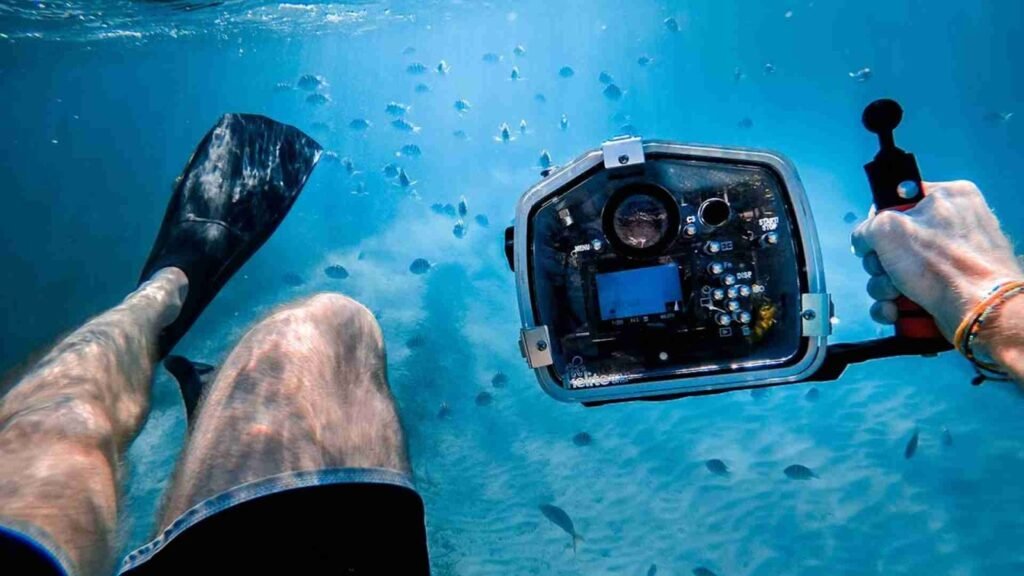
Understanding the Main Categories of Underwater Photography
To choose the best focal length for underwater photography, you first need to understand the two main shooting styles: wide-angle and macro. Each requires a different approach, lens type, and focal length range.
Wide-Angle Photography
Wide-angle underwater photography captures large subjects or sweeping scenes – think manta rays, coral reefs, or wrecks. It lets you get close to your subject while still fitting everything into the frame. The key benefit is minimizing the amount of water between you and your subject, which improves clarity and color.
Typical wide-angle focal lengths underwater range from 14mm to 35mm. These lenses allow you to get physically close while still maintaining a broad perspective.
Macro Photography
Macro photography focuses on the tiny and intricate – nudibranchs, shrimp, small fish, and coral details. For macro, you’ll need lenses that can focus closely and provide high magnification.
The ideal focal length for macro photography underwater ranges from 60mm to 105mm, depending on your camera’s sensor size. These longer focal lengths give you enough working distance to avoid scaring your subjects while still capturing fine detail.
Now that you know the main categories, let’s dive deeper into which focal lengths are best for each and how to use them effectively underwater.
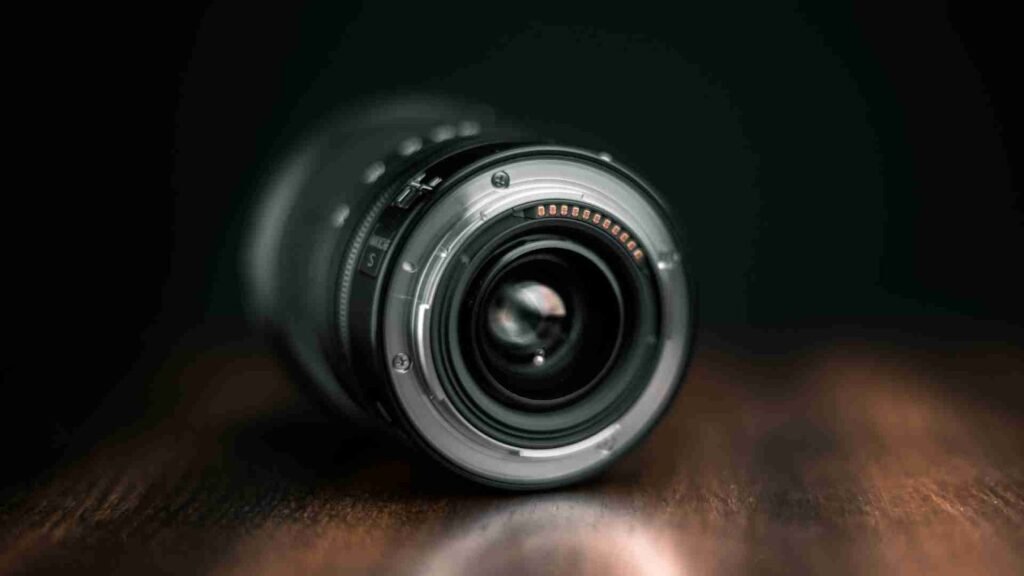
Wide-Angle Lenses – Capturing the Big Picture
Wide-angle lenses are essential for bringing the vast beauty of the underwater world into your frame. When you see professional images of reefscapes, turtles, or divers surrounded by schools of fish, they’re usually shot with wide or ultra-wide lenses.
The Sweet Spot: 16mm to 24mm
For most photographers, a focal length between 16mm and 24mm is considered the best focal length for underwater photography when shooting wide scenes. These lenses offer a natural balance – wide enough to include large subjects but not so extreme that edges distort.
A 16mm or 17mm lens (especially when paired with a dome port) is excellent for shooting dramatic reef scenes or large marine life. It allows you to get close to your subject while still capturing the background. The closer you are, the less water you have between the lens and your subject, which results in clearer, more colorful images.
Meanwhile, a 24mm lens works well for more natural compositions. It’s ideal when you want to include both your main subject and environmental context – like a diver swimming near a coral wall.
Fisheye Lenses – Going Ultra-Wide
For even more dynamic results, many underwater photographers turn to fisheye lenses (usually around 8mm to 15mm). These lenses create a curved, bubble-like distortion that can make your images feel immersive.
Fisheyes are incredibly popular in underwater photography because they let you shoot from just inches away from large subjects like sharks, rays, or shipwrecks while maintaining sharpness and color. The key is to use them with a dome port to reduce distortion and maintain wide-angle coverage.
However, fisheyes aren’t for every dive. In murky water, ultra-wide lenses can make backscatter (light reflecting off particles) more visible. They’re best used in clear tropical waters where you can get close to your subjects.
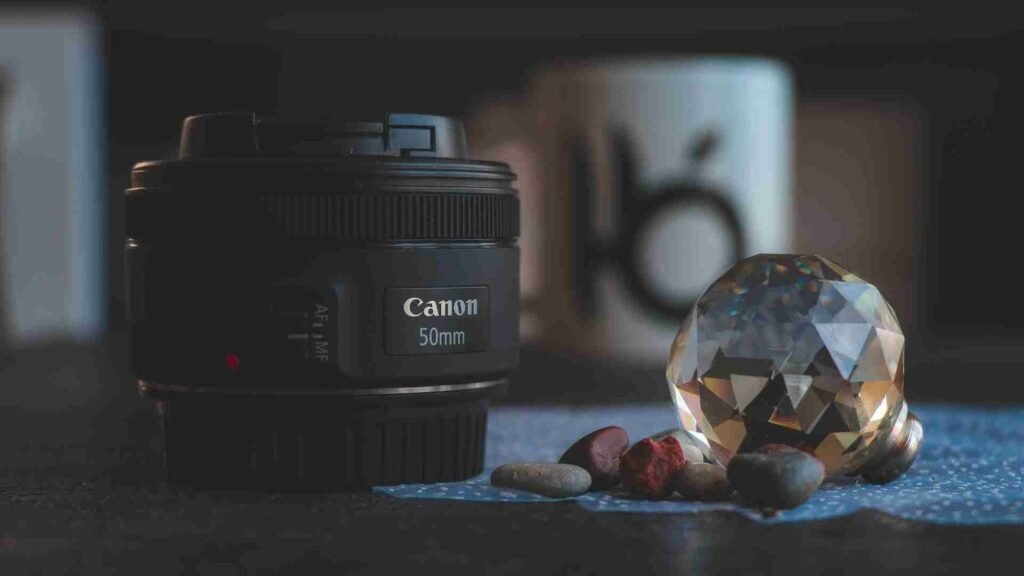
Macro Lenses – Revealing the Tiny Details
Macro photography underwater is a completely different challenge – and one of the most rewarding. The right focal length can turn minuscule sea creatures into works of art.
The Standard Choice: 60mm
For many photographers, the 60mm lens hits the sweet spot between usability and magnification. It’s widely regarded as one of the best focal lengths for underwater photography in macro shooting because it allows you to get close while maintaining focus accuracy.
A 60mm macro lens is perfect for subjects that don’t move too fast, such as nudibranchs, soft corals, or crabs. It provides a good balance between working distance and magnification, making it easier to light your subject properly with strobes or focus lights.
The Classic Macro King: 100mm to 105mm
If you’re shooting smaller or more skittish subjects, like gobies or shrimp, a 100mm or 105mm macro lens is ideal. These lenses offer greater magnification and allow you to maintain a bit more distance, preventing you from scaring your subject away or stirring up silt.
Because these lenses compress perspective slightly, they produce beautiful, isolated backgrounds – perfect for artistic macro compositions. The trade-off is that they can be harder to stabilize in current or low visibility, so you’ll need steady hands or a tripod.
Super Macro and Wet Diopters
If regular macro isn’t close enough, you can push things further with wet diopters – external magnifying lenses that attach to your housing. These accessories can effectively double your magnification, allowing you to photograph subjects smaller than a fingernail.
When used with a 100mm lens, a high-quality wet diopter gives you extreme close-up power. It’s not easy to master, but it’s a favorite among advanced macro shooters who want to capture the tiniest details underwater.
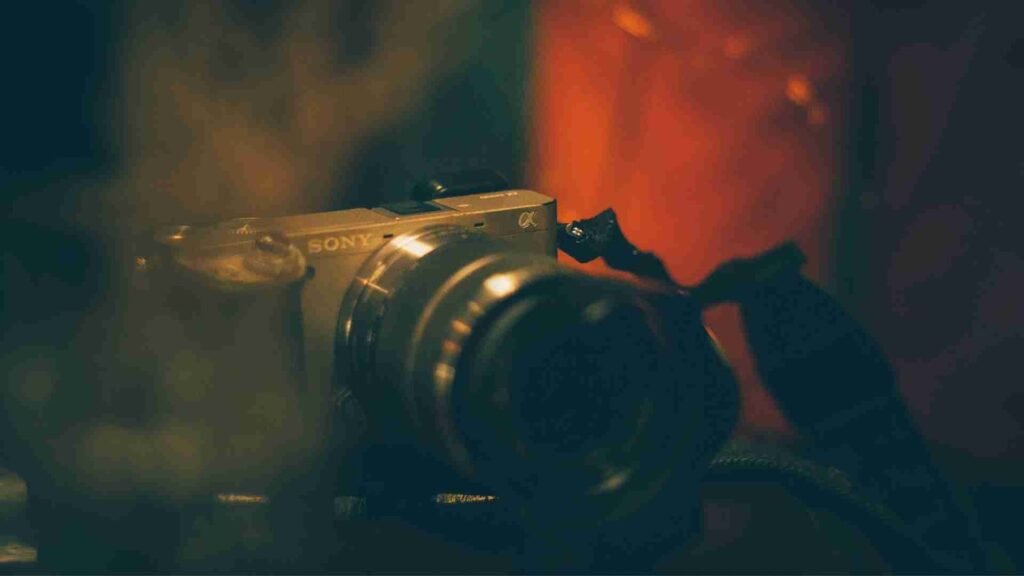
Mid-Range Zooms – The All-Rounders
While wide and macro lenses dominate underwater photography, there’s a growing appreciation for mid-range zooms in the best focal length for underwater photography discussion. Lenses in the 24mm to 70mm range offer flexibility when you can’t predict what you’ll encounter on a dive.
For instance, a reef dive might present both small subjects and medium-sized fish. With a mid-range zoom, you can capture both without swapping lenses between dives.
Many underwater photographers use the 24–70mm range on full-frame systems or the 18–55mm range on APS-C cameras. When paired with a flat port, these lenses allow for a versatile mix of wide and close-up shots.
However, remember that zoom lenses aren’t as sharp as dedicated macro or fisheye lenses underwater. They also struggle a bit with lighting control due to varying working distances. Still, if you’re traveling light or shooting casual dives, a mid-range zoom can be a great all-purpose solution.
Sensor Size and Crop Factor – How It Affects Focal Length
One common mistake divers make is forgetting that sensor size affects the effective focal length of your lens.
Cameras with APS-C or Micro Four Thirds sensors apply a crop factor – meaning the lens behaves like a longer focal length compared to a full-frame camera.
For example, a 60mm macro lens on a Micro Four Thirds camera acts like a 120mm lens in terms of field of view. This can actually be an advantage in macro photography, as it gives you greater working distance. However, for wide-angle shots, it can make it harder to fit large subjects in the frame.
When deciding the best focal length for underwater photography, always take your camera’s crop factor into account. A 16mm lens on a full-frame camera might be perfect for wide-angle work, but on a smaller sensor, you’d need something like a 10mm lens to achieve the same field of view.
Lens Ports – The Unsung Heroes
Even with the best focal length for underwater photography, your results can suffer if your lens port isn’t suited to your lens type.
Dome ports are used for wide-angle and fisheye lenses because they correct the optical distortion caused by water and help maintain field of view. They also help manage reflections and improve edge sharpness.
Flat ports, on the other hand, are ideal for macro lenses. They provide the magnification boost caused by refraction and make it easier to light small subjects evenly.
Choosing the right port for your focal length ensures that your lens performs at its full potential underwater. It’s one of the most overlooked yet crucial steps in building a professional underwater setup.
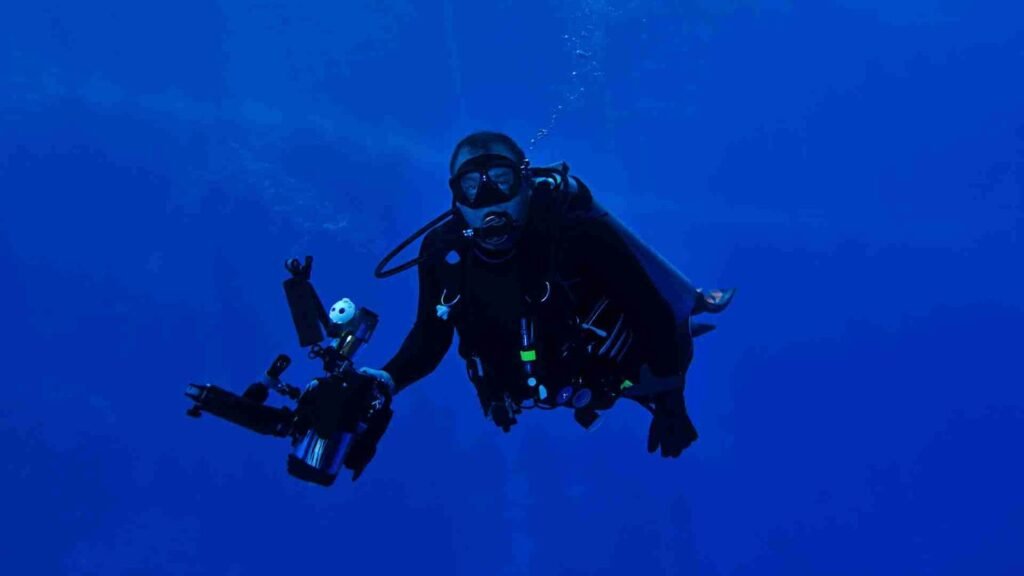
How to Choose the Best Focal Length for Your Diving Style
When deciding on the best focal length for underwater photography, consider what type of photography excites you most. Are you fascinated by tiny marine life or massive ocean creatures? Your answer determines your ideal lens setup.
If you enjoy shooting big subjects like wrecks, manta rays, or divers, go with wide-angle lenses (10–24mm). If small creatures capture your attention, macro lenses in the 60–100mm range are your best bet.
You can also think about versatility. Some photographers carry two setups-one wide-angle and one macro-to switch between dives. Others use interchangeable wet lenses, allowing them to adjust focal length underwater. This flexibility is great for travel and exploration.
Lens Ports and Their Role in Image Quality
Even with the best focal length for underwater photography, you won’t get top results without the right port. The port is the transparent housing front that covers your lens and plays a major role in image sharpness and distortion.
Dome ports are used with wide-angle and fisheye lenses. They correct refraction and help restore the natural field of view underwater. Flat ports, on the other hand, are designed for macro lenses and provide better sharpness and magnification.
Choosing the wrong port can cause vignetting, blurriness, or unwanted reflections. That’s why matching your port type to your lens is crucial for professional-quality results.
Lighting and the Effect of Focal Length
Lighting is one of the most underestimated aspects of underwater photography. Your chosen focal length directly impacts how light interacts with your subject.
With wide-angle lenses, you’ll need strong strobes to cover the large area in your frame. It’s often best to position them at a wide angle to avoid backscatter. For macro lenses, smaller, more focused light sources work best to bring out fine details.
Different focal lengths also affect your camera’s ability to handle color correction. Since water absorbs red tones quickly, wide-angle shots often need more post-processing, while macro shots can maintain rich, natural hues if lit properly.
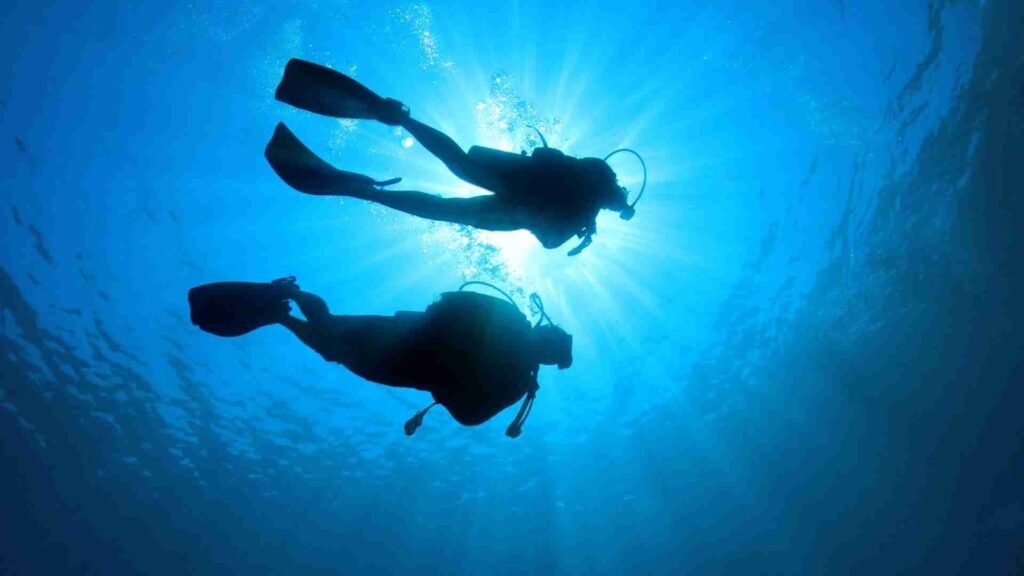
Depth, Distance, and Water Clarity
The environment plays a huge role in deciding the best focal length for underwater photography. Clear tropical waters allow for more flexible focal lengths, while murky or low-light environments favor shorter lenses that let you shoot close and minimize distortion.
If you often dive in deeper or darker waters, consider pairing your macro lenses with a powerful focus light to help your camera lock onto small subjects. Wide-angle lenses work best in brighter, shallower conditions where ambient light complements your strobes.
Practical Tips for Underwater Lens Selection
Choosing the best focal length for underwater photography isn’t just about numbers-it’s about experience and comfort. Before buying, test your lenses in a controlled environment or pool. Observe how they focus, how far you need to be from your subject, and how easily they handle in your underwater housing.
Remember to consider buoyancy. Longer lenses and larger ports can make your setup front-heavy, so you might need floats to balance your rig.
Finally, think about post-processing. Even with perfect focal length and lighting, most underwater images need color correction and cleanup. That’s where professional editing services like aitinsider come in handy.

Common Mistakes When Choosing Focal Length
Even experienced divers sometimes make mistakes when selecting lenses. One common error is underestimating how refraction changes the effective field of view. A 24mm lens on land doesn’t behave the same way underwater; it can feel closer to 30mm on a full-frame body.
Another mistake is ignoring lighting needs. Wide-angle lenses require more powerful strobes to illuminate large scenes, while macro lenses need precise positioning to avoid shadows and harsh reflections. Choosing a lens without thinking about how you’ll light it can lead to disappointing results.
Finally, some divers focus too heavily on the “latest and greatest” camera body while neglecting lenses, ports, and accessories. The best focal length for underwater photography only performs at its full potential when paired with appropriate housing, lighting, and stabilization equipment.
Post-Processing: The Final Step
Even with the perfect lens and setup, post-processing can take your underwater photos to the next level. Color correction, exposure adjustments, and removing backscatter are common steps.
At aitinsider, we specialize in professional image editing services tailored for underwater photography. We help photographers enhance color, remove distractions, and bring out the finest details. A clean, well-processed image can make a dramatic difference in portfolios, social media, and even publications.
By combining the right focal length with expert post-processing, your underwater shots can truly capture the magic of the ocean. Whether it’s a macro nudibranch or a wide reefscape, every image benefits from precise editing.
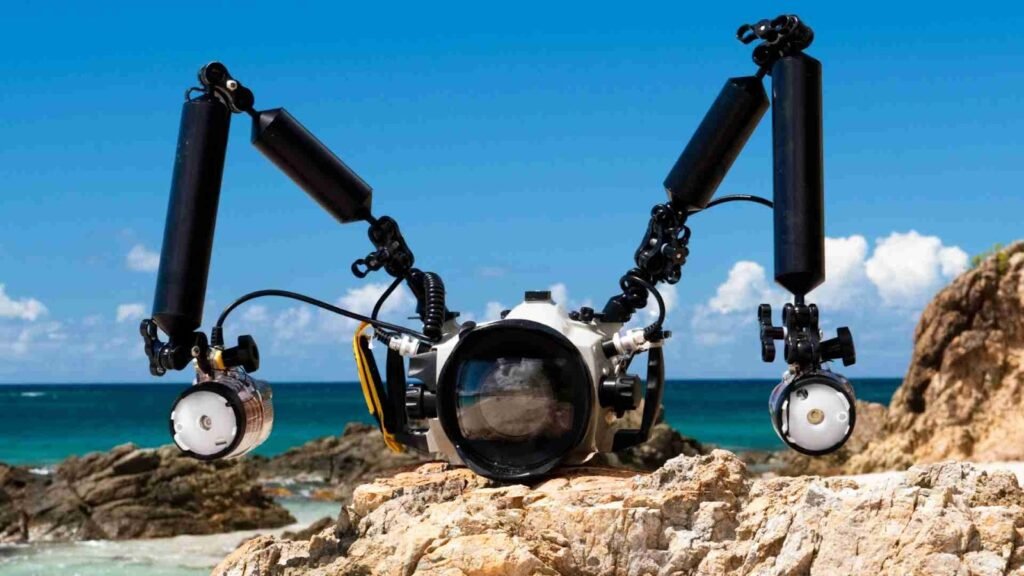
Conclusion: Finding the Best Focal Length for Underwater Photography
Choosing the best focal length for underwater photography is about more than numbers on a lens. It’s about your subjects, dive environment, and personal style. Wide-angle lenses capture immersive reef scenes, macro lenses reveal tiny details, and mid-range zooms offer flexibility for unpredictable dives. Pair these lenses with the right ports, lighting, and stabilization gear, and you’re ready for professional results.
Remember to test your equipment before buying, consider sensor size and refraction effects, and practice diving techniques to maximize your shots. The ocean offers endless opportunities, and the right focal length ensures you don’t miss them.
Finally, even the most carefully chosen lens benefits from professional post-processing. At aitinsider, we help underwater photographers polish their images to perfection, ensuring every detail pops and every color sings. Visit aitinsider today to enhance your underwater photography and make your images shine like the vibrant world you explore beneath the waves.
